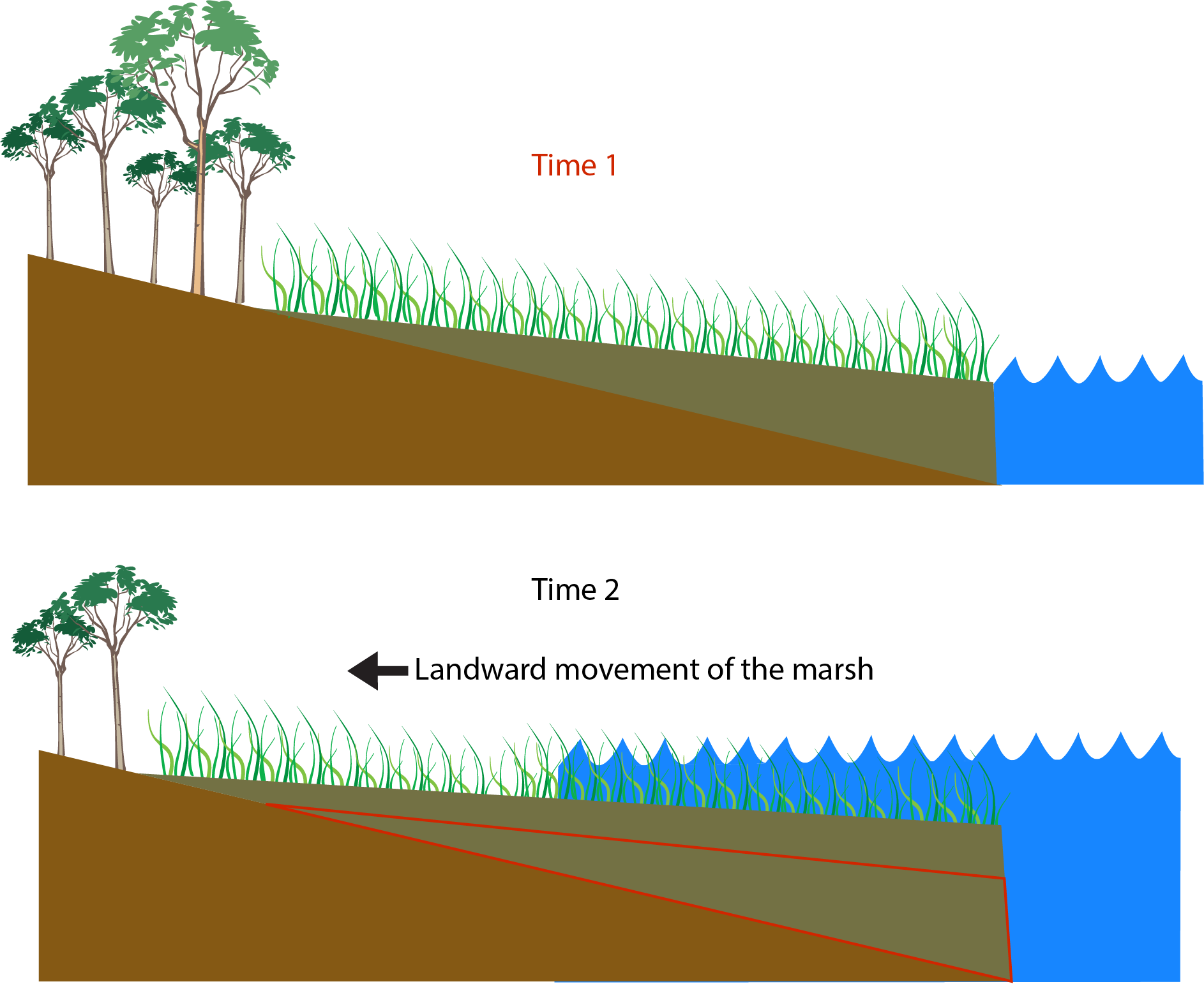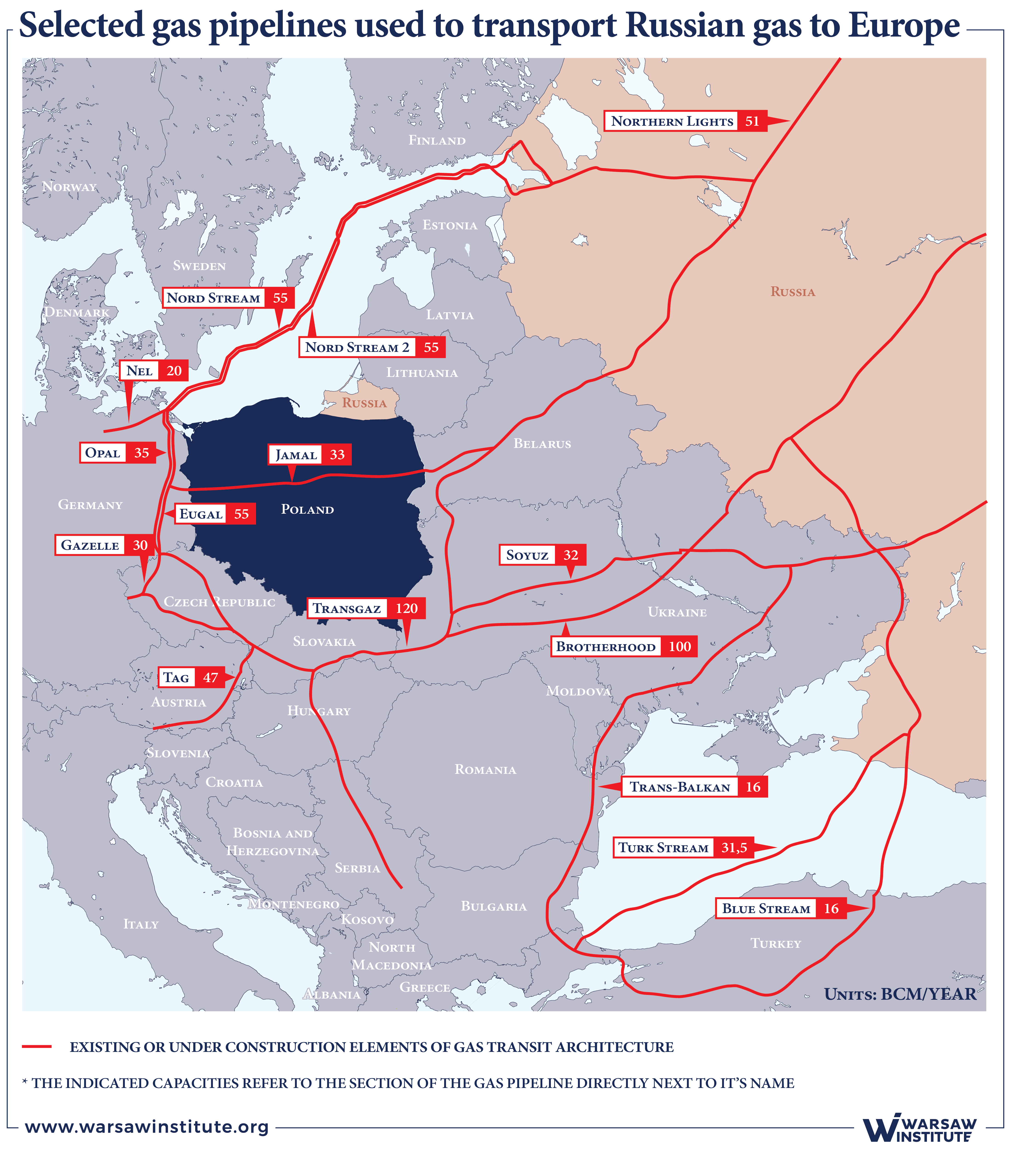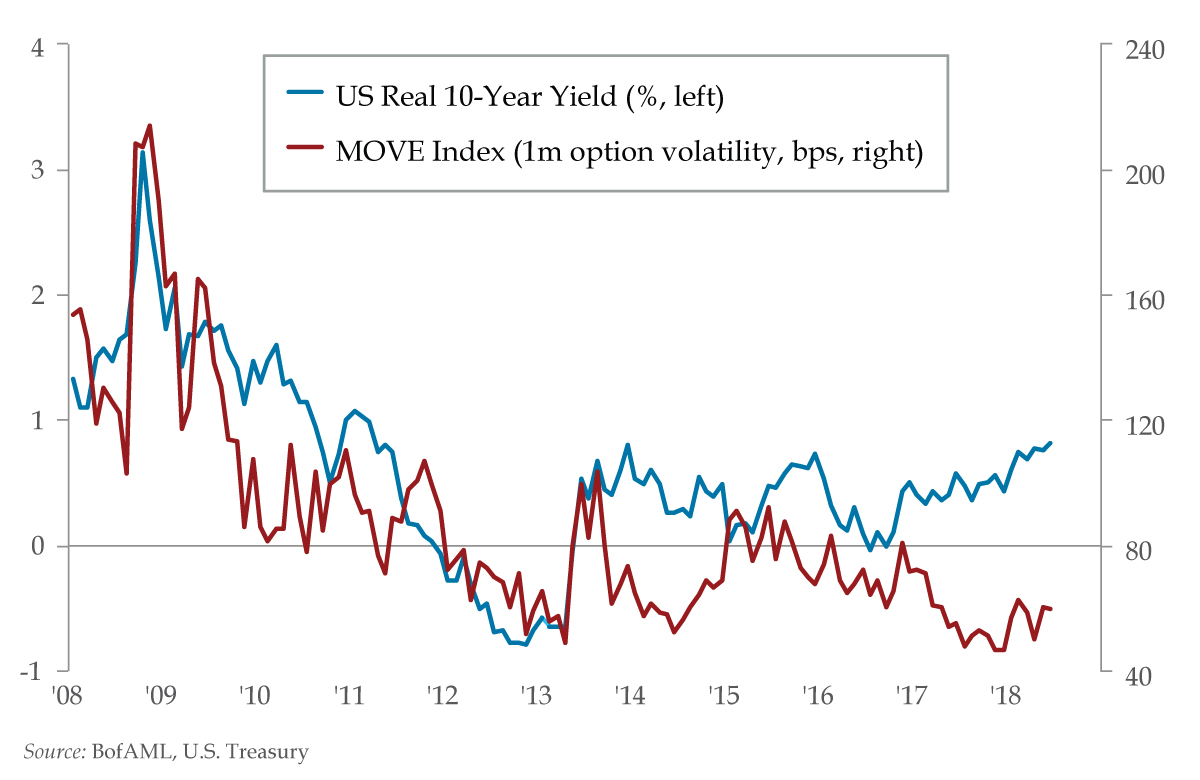Accelerating Sea Level Rise: A Growing Threat To Coastal Cities

Table of Contents
The Causes of Accelerating Sea Level Rise
The rise in global sea levels is a complex issue with multiple contributing factors. Understanding these causes is the first step towards effective mitigation and adaptation strategies. The primary drivers of accelerating sea level rise are:
Thermal Expansion
As ocean temperatures increase due to global warming, the water expands, leading to a rise in sea level. This is a significant contributor to the overall increase.
- Increased greenhouse gas emissions are the primary driver of ocean warming, trapping heat and raising global temperatures.
- Even small increases in ocean temperature can cause significant thermal expansion due to the vast volume of water in the oceans.
- This effect contributes significantly to the overall rise in sea levels, and its impact is projected to increase as global temperatures continue to rise.
Melting Glaciers and Ice Sheets
The melting of glaciers and ice sheets in Greenland and Antarctica is another major contributor to accelerating sea level rise. These massive bodies of ice contain vast amounts of freshwater.
- Accelerated melting rates are observed in many regions due to rising air and ocean temperatures. Satellite data provides clear evidence of this alarming trend.
- This process is significantly impacting sea levels and accelerating the rate of rise, with the potential for dramatic increases in the future.
- Large ice sheets like Greenland and Antarctica hold enough ice to raise sea levels significantly, potentially by several meters, if they were to melt completely. While a complete melt isn't expected in the near future, even partial melting poses a significant threat.
Land Subsidence
In some areas, the land itself is sinking, exacerbating the effects of sea level rise. This natural and human-induced process makes coastal communities even more vulnerable.
- Groundwater extraction can cause land subsidence as the underlying aquifers are depleted, leading to compaction of the soil.
- Geological factors, such as tectonic plate movements and sediment compaction, also contribute to land sinking in certain regions.
- This effect makes coastal communities even more vulnerable to flooding and erosion, compounding the impact of rising sea levels.
The Impacts of Accelerating Sea Level Rise on Coastal Cities
The impacts of accelerating sea level rise on coastal cities are far-reaching and devastating. These impacts pose significant threats to infrastructure, economies, and human lives.
Increased Flooding
Higher sea levels lead to more frequent and severe coastal flooding, damaging property and infrastructure, and displacing populations.
- Increased storm surges are amplified by higher sea levels, leading to more intense and destructive flooding events.
- High tides are reaching further inland, causing increased flooding in low-lying areas even during calm weather conditions.
- This leads to significant economic losses, damage to critical infrastructure, and displacement of populations living in vulnerable areas.
Coastal Erosion
Rising sea levels accelerate coastal erosion, threatening beaches, wetlands, and coastal infrastructure, leading to significant environmental and economic damage.
- Erosion undermines buildings, roads, and other critical infrastructure, leading to costly repairs and even the loss of property.
- Loss of coastal ecosystems such as wetlands has significant environmental consequences, impacting biodiversity and natural coastal defenses.
- Coastal protection measures are becoming increasingly necessary and costly, requiring significant investment from governments and communities.
Saltwater Intrusion
Seawater can intrude into freshwater aquifers, contaminating drinking water supplies and harming agriculture, threatening food security and public health.
- This can impact food security by reducing agricultural productivity and contaminating irrigation water.
- Salinization of soil reduces agricultural productivity, impacting livelihoods and food availability.
- This issue is particularly problematic for island nations and coastal communities relying on groundwater for drinking water and irrigation.
Mitigation and Adaptation Strategies
Addressing the challenge of accelerating sea level rise requires a multi-pronged approach focusing on mitigation and adaptation.
Reducing Greenhouse Gas Emissions
The most effective way to combat accelerating sea level rise is to drastically reduce greenhouse gas emissions, the primary driver of climate change.
- Transitioning to renewable energy sources like solar, wind, and geothermal is crucial to reducing our reliance on fossil fuels.
- Implementing policies to reduce carbon emissions, such as carbon taxes and emissions trading schemes, is vital.
- International cooperation is essential to address this global challenge, requiring collaborative efforts from nations worldwide.
Coastal Protection Measures
Building seawalls, restoring wetlands, and implementing other coastal protection measures can help protect coastal communities from the immediate effects of rising sea levels.
- Nature-based solutions like mangrove restoration can be effective and sustainable, providing natural barriers and enhancing biodiversity.
- Engineering solutions, such as seawalls and dykes, offer immediate protection but can be expensive and have potential negative environmental impacts.
- A combination of strategies is often most effective, integrating natural and engineered approaches to create resilient coastal defenses.
Relocation and Adaptation Planning
In some cases, relocation of vulnerable communities may be necessary. Effective planning and adaptation strategies are crucial for minimizing the impacts of rising sea levels.
- Investing in resilient infrastructure is essential, designing buildings and infrastructure to withstand increased flooding and storm surges.
- Developing early warning systems for floods and other coastal hazards is crucial for minimizing loss of life and property.
- Community engagement and education are crucial for effective adaptation, ensuring that communities are prepared and involved in the planning process.
Conclusion
Accelerating sea level rise presents a clear and present danger to coastal cities worldwide. The consequences, ranging from increased flooding and erosion to saltwater intrusion and displacement of populations, are severe and far-reaching. Addressing this challenge requires a multifaceted approach encompassing the reduction of greenhouse gas emissions, the implementation of coastal protection measures, and thoughtful adaptation planning. We must act decisively to mitigate the effects of accelerating sea level rise and protect our vulnerable coastal communities. Understanding the causes and impacts of accelerating sea level rise is the first step towards building a more resilient future. Take action today to learn more and advocate for effective solutions to this global crisis.

Featured Posts
-
 Conclave 2024 Nine Leading Candidates To Succeed Pope Francis
May 11, 2025
Conclave 2024 Nine Leading Candidates To Succeed Pope Francis
May 11, 2025 -
 Exclusive Look Elliotts Investment In Russian Gas Pipeline
May 11, 2025
Exclusive Look Elliotts Investment In Russian Gas Pipeline
May 11, 2025 -
 Asylum Volunteer Royal Distinctions Fabers 100 Support
May 11, 2025
Asylum Volunteer Royal Distinctions Fabers 100 Support
May 11, 2025 -
 Lily Collins Sizzling New Calvin Klein Campaign Photo 5133597
May 11, 2025
Lily Collins Sizzling New Calvin Klein Campaign Photo 5133597
May 11, 2025 -
 Celtics Payton Pritchard Claims Nba Sixth Man Award
May 11, 2025
Celtics Payton Pritchard Claims Nba Sixth Man Award
May 11, 2025
Latest Posts
-
 The Alcatraz Escape Mystery Trumps Reopening Plan And Its Implications
May 12, 2025
The Alcatraz Escape Mystery Trumps Reopening Plan And Its Implications
May 12, 2025 -
 Bond Market Volatility Understanding The Tariff Shock Fallout
May 12, 2025
Bond Market Volatility Understanding The Tariff Shock Fallout
May 12, 2025 -
 Bessent On U S China Trade Talks Progress Made No Deal Yet Announced
May 12, 2025
Bessent On U S China Trade Talks Progress Made No Deal Yet Announced
May 12, 2025 -
 Alcatraz Reopening Trumps Call And The Unsolved Escape Mystery
May 12, 2025
Alcatraz Reopening Trumps Call And The Unsolved Escape Mystery
May 12, 2025 -
 Tariff Shock How Bond Markets Are Feeling The Impact
May 12, 2025
Tariff Shock How Bond Markets Are Feeling The Impact
May 12, 2025
